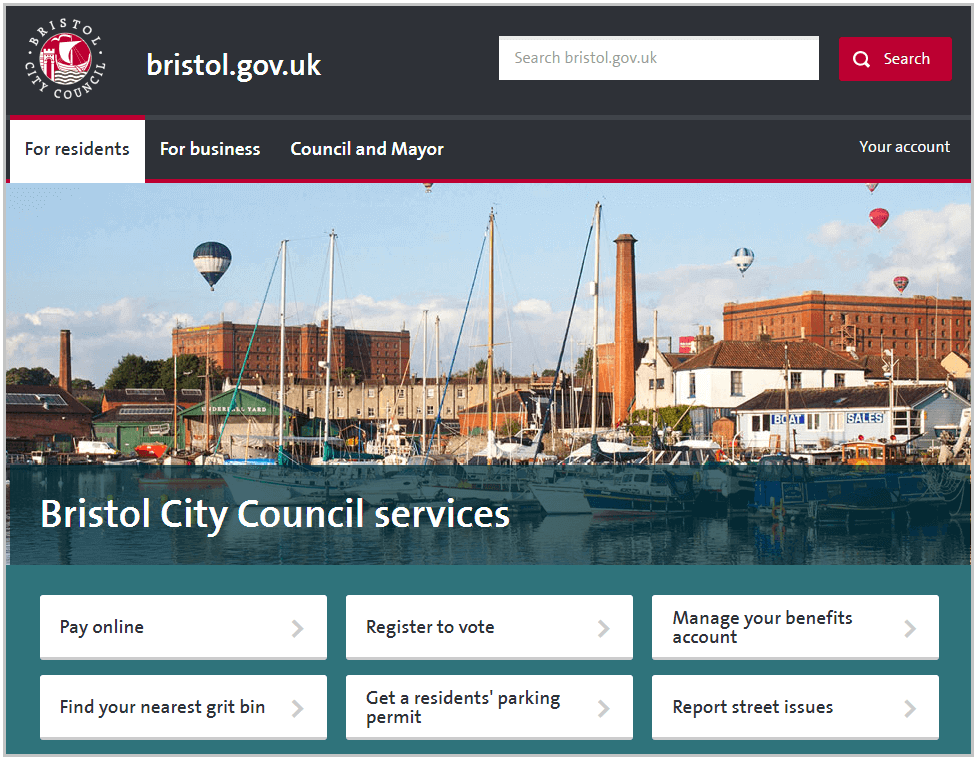“There’s no such thing as digital strategy anymore. It’s all just strategy.”
That’s how Michael MacAuley, our General Manager for UK and Ireland, began his recent address at Share Digital 2017. It’s a simple reality, but one that many public sector organisations are yet to embrace. The public sector is the world’s largest service provider, and their target market is demanding new ways to engage.
By 2019, the UK will be home to over 17 million Millennials and, by that time, the Generation Z population will also be emerging as part of the UK workforce. These two generations in particular will engage with government bodies more regularly as they mature — and they’ll expect to do so via speedy, personalised solutions that are accessible through a wide range of channels.
How Technology is Transforming and Unifying Customer Experiences
Some local authorities have begun their digital transformation journey with hopes of offering a more powerful and more relevant customer experience.
MacAuley’s presentation also encompassed the key driving force behind why local governments are beginning to invest more heavily in this strategic shift: “Customer experience is more than a transaction. It’s the perception customers have of the brand — in this case, the local government body. It’s about relationships, not transactions. Because the need for trust in the public sector is so big, delivering seamless customer experiences has never been so vital.”
With that in mind, here are the ways technology is transforming the way local government is delivering customer experiences:
1. Automation and Self Service
First and foremost, a great customer experience gives the customer the freedom to govern their own journey.
Instead of calling or physically visiting a local office, a powerful digital experience platform can empower the customer to find information, pay bills, and interact with customer support staff in a more efficient way for both parties.
2. Transforming Business Processes
Embracing a digital strategy also addresses aged business processes. With a fully fledged CMS backing your digital experience platform, local governments can move away from inefficient paper-based offices.
Silos between departments are also bridged thanks to improved document management, calendars, workflows and collaboration tools.
3. Reducing Costs
Automation, self-service and a paperless office are great time savers — and they’re also great cost savers.
Automating the customer journey means staff are released to meet other needs, and less investment has to go into the supplies and clerks needed to keep up with data management.
The Required Technology Traits
We understand now why public sector bodies are adapting, but this all begs one question: What kind of technology can make all of the above benefits a reality?
To be considered, the digital experience platform (DXP) should have full content management system (CMS) functionality, document management, workflow management, and there should also be room for mobile app development.
But those are just the starting point. To truly transform traditional local government offices into Government as a Service (GaaS) hubs, here are three key technology traits to watch out for when selecting your next digital experience platform:
1. Omnichannel Support
The right digital experience platform will be capable of omnichannel communication and transactions. That means customers will be able to access government portals from desktops, laptops, smartphones, tablets and any other device that emerges.
2. Personalisation Features
When those customers do engage with governmental systems — no matter the device — they need to be served content on a personalised basis. That means the DXP should remember each customer's name, details and preferences in order to deliver enjoyable customer journeys that feel tailored, not manufactured.
3. Integrations
To truly unify customer experiences, the DXP technology in question must integrate with legacy systems — and any new channels and apps that emerge in coming years.
Microservice architecture helps make that possible, as well as future-proofing against new technologies down the line. Essentially, microservice architecture entails developing software applications as a suite of independently deployable, small, modular services in which each service runs a unique process and communicates through a well-defined, lightweight mechanism to serve a business goal.
Case Study: Bristol City Council

Bristol City Council is a leading local authority that has embraced the evolution of digital customer experiences.
In an interview, Gavin Beckett, Bristol City Council’s Chief Enterprise Architect, referred to some of the benefits that came with digitally transforming their customer experiences: “We can now support an end-to-end customer journey, and the customer doesn’t have to phone up or visit. Staff can then get insights into that journey across all channels. It just integrates that flow of integration and automation.”
Bristol City Council also attended Share Digital 2017. During a roundtable discussion they shared an experience that led them to the inevitable conclusion: that digital customer services are needed now more than ever.
Tracy Dodds, Service Delivery Manager at Bristol City Council, recalled a story that took place during the council’s public survey process. An elderly woman presented an overflowing stack of letters regarding an unpaid bill, most of which were unopened. That pile of papers convinced the council they needed to offer citizens a service that didn’t overwhelm them in a time when they were the most vulnerable.
Dodds concluded the story with something profound: “People don’t appear in our services — our services appear in their lives.”
A New Era of Local Government Engagement
To be in a position to face an omnichannel future, local authorities must first embrace the reality of digital strategy as the only strategy — and then set their wheels in motion toward technology that can shoulder the weight of this new and rapidly evolving digital era.
Do you want to deliver more powerful, personal and cost-effective customer experiences to your local residents and businesses? Check out the free Liferay whitepaper, Four Strategies to Transform Your Customer Experience.
See how you can build a solution fit for your needs
1400 Montefino Avenue
Diamond Bar, CA 91765
USA
+1-877-LIFERAY
Diamond Bar, CA 91765
USA
+1-877-LIFERAY
Built on Liferay Digital Experience Platform
© 2025 Liferay Inc. All Rights Reserved
